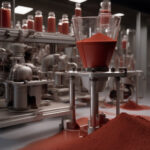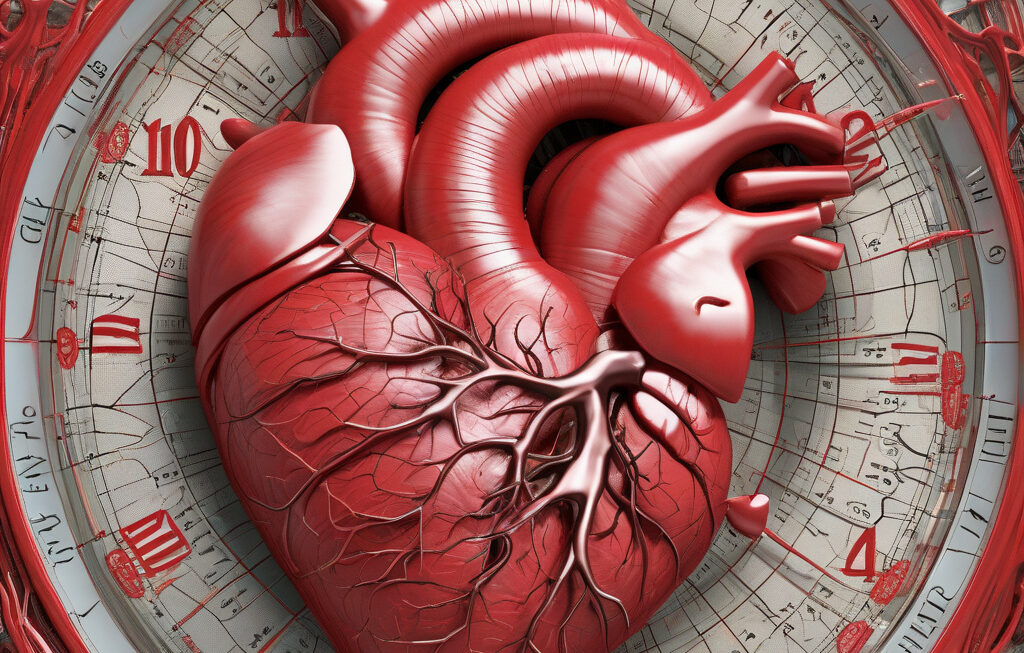Breakthrough $5 Wound Sensor Monitors Healing Without Removing Dressings
A team of researchers from RMIT University in Australia has developed a wearable wound-monitoring device that could revolutionize the way we track the healing process of injuries. This breakthrough $5 sensor offers a cost-effective and non-intrusive solution for monitoring wounds without the need to constantly remove dressings, providing a more efficient and comfortable experience for patients.
Traditional methods of wound monitoring often involve removing dressings, which can be painful, time-consuming, and can disrupt the healing process. With this innovative sensor, healthcare providers can now easily track the status of a wound without the need for frequent dressing changes. The device is designed to be placed on the outside of the dressing, allowing for real-time monitoring of key biomarkers in the wound exudate.
One of the key advantages of this new technology is its ability to provide continuous monitoring of the wound environment. By tracking parameters such as pH levels, temperature, and moisture, healthcare providers can gain valuable insights into the healing process and make informed decisions about the course of treatment. This continuous monitoring can help identify signs of infection or other complications early on, leading to better outcomes for patients.
Moreover, the affordability of the sensor makes it accessible to a wider range of healthcare settings, including resource-limited areas where frequent dressing changes may not be feasible. With a price point of just $5 per sensor, this technology has the potential to significantly reduce healthcare costs associated with wound care while improving patient outcomes.
In addition to its cost-effectiveness and convenience, the sensor is also designed to be user-friendly, making it easy for healthcare providers to integrate into their existing wound care protocols. The data collected by the sensor can be wirelessly transmitted to a smartphone or computer, allowing for remote monitoring and analysis. This feature is especially valuable for patients who may not be able to visit a healthcare facility regularly, such as those living in rural or remote areas.
The implications of this breakthrough technology are vast, with the potential to improve the quality of care for patients with chronic wounds, such as diabetic ulcers or pressure sores. By enabling early detection of complications and facilitating timely interventions, this sensor has the power to prevent serious infections and reduce the need for more invasive treatments.
Overall, the development of this $5 wound sensor represents a significant advancement in the field of wound care, offering a cost-effective, non-intrusive, and efficient solution for monitoring the healing process. As this technology continues to evolve, we can expect to see even more innovations that will transform the way we approach wound management, ultimately leading to better outcomes for patients worldwide.
wound sensor, healing process, monitoring device, healthcare, innovation











